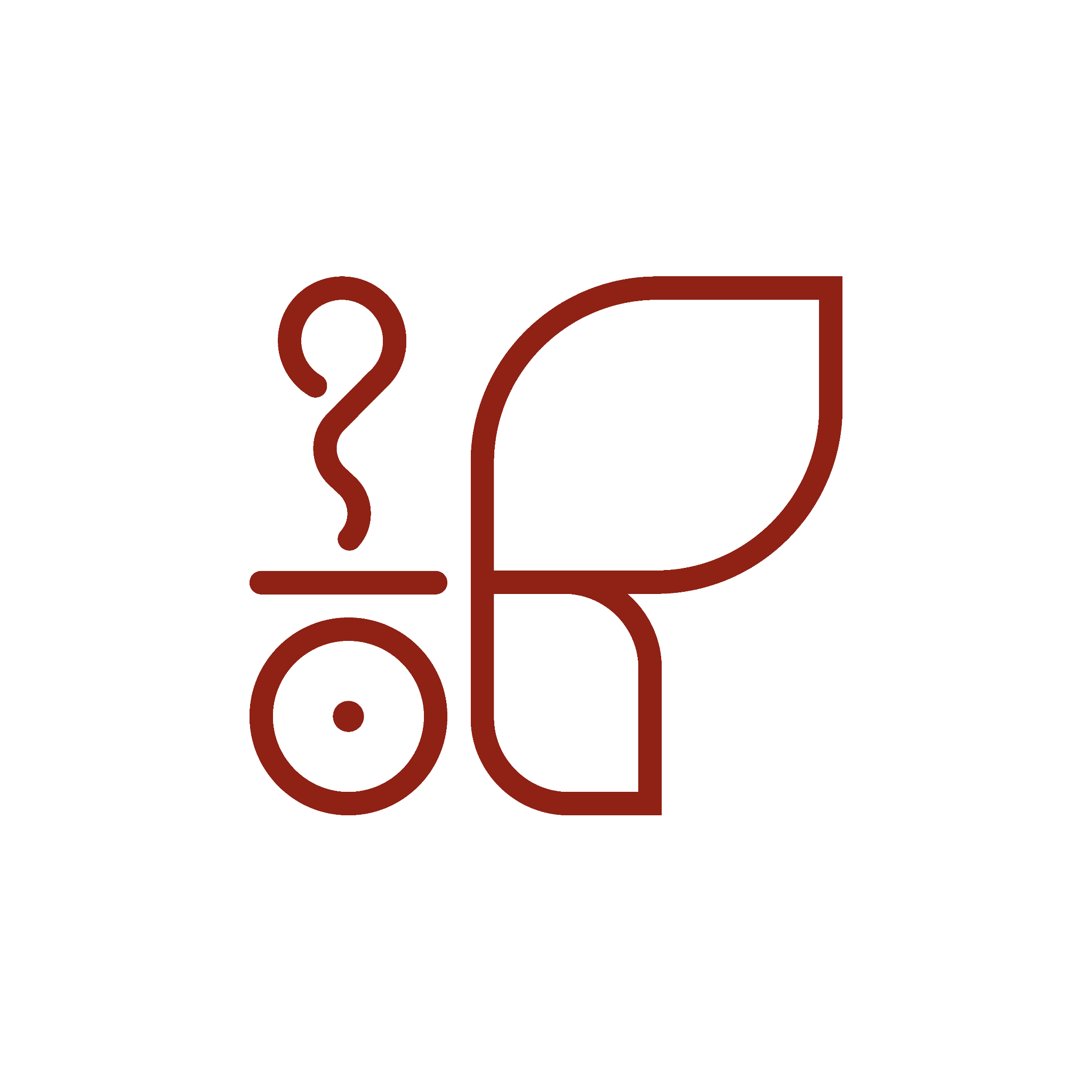Satyendra Nath Bose
- Crucible

- Apr 29, 2025
- 2 min read

Who Was S.N. Bose?
Satyendra Nath Bose (1894–1974) was an Indian physicist and mathematician whose ideas opened a whole new world in science.
He loved math, loved puzzles — and dreamed of solving the mysteries of the universe.
Fun Fact: He played the esraj, a classical Indian string instrument. Once, at a university gathering, a student asked him what made him happiest: physics or music? He paused and said: In physics, I search for harmony. In music, I play it.
In 1924, Bose made an exciting discovery:
He figured out a new way to describe how light particles (photons) behave — something no one had done before!
He sent his ideas directly to Albert Einstein, hoping for advice.
Guess what? Einstein loved Bose’s work — and together, they created a brand-new branch of physics: Bose-Einstein Statistics.
What Is a Boson?
In the tiny world of atoms and particles:
Some particles (called fermions) like their personal space.
Others (called bosons) love to gather together.
Thanks to Bose, we now know about bosons — particles that can “pile up” and behave like one big quantum team!
Photons (light particles) and the famous Higgs boson are part of this family.
Named in His Honour: The word “boson” comes from Bose’s name!
Why It Matters ?
Because of Bose’s discovery:
We can built lasers.
We discovered new states of matter (like Bose-Einstein Condensates).
We confirmed how the universe is put together!
Even today, physicists use his ideas to explore the deepest secrets of space and time.
Quick Facts About S.N. Bose
Born: January 1, 1894, Kolkata, India
Major Discovery: Bose-Einstein Statistics (1924)
Legacy: Bosons are named after him!
Award: Padma Vibhushan, one of India’s highest honors
Imagine This!
Without Bose’s bold ideas, many of the modern technologies we rely on — like lasers, fiber optics, and even quantum computers — might never have been possible!


Comments